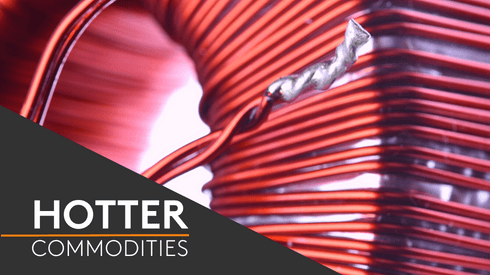The most-traded February nickel contract on the SHFE closed at 210,200 yuan ($30,547) per tonne on Friday, January 6, down by 4.6% from the previous day’s close of 220,290 yuan per tonne and 8.1% lower than the close of 228,820 yuan per tonne on January 3.
Similar weakness has been seen in nickel prices on the London Metal Exchange, with the three-month benchmark closing down by 6.8% day on day at $27,748 per tonne on Thursday. The LME nickel price had ended the first trading day of 2023 at $31,118 per tonne.
“The nickel price falls are mainly due to the news on Thursday that Tsingshan has succeeded in producing nickel plate in China. The new project, with a monthly output of 1,500 tonnes, has not yet reached its designed capacity, but it’s still big news for the market [because] it means more spot availability of class 1 nickel in the future,” Yang Xiya, nickel analyst at Zijin Tianfeng Futures, said.
“In the short term, however, the nickel market will still remain in short supply with limited output expected from the project, and this will leave the market in a deficit in the first quarter [of 2023]. [The deficit] will likely decrease from the second quarter onward, with more output available,” Yang added.
Yang expects the SHFE nickel price to trade between 180,000-240,000 yuan per tonne during the first quarter.
The news comes at a time when low supply and limited liquidity in the nickel market have been driving volatile moves in prices, leading market participants to say that prices have decoupled from actual demand in the physical market.
“We hope the coming of new nickel full plates [from Tsingshan] could bring more liquidity to the market, so that [nickel] prices won’t be that volatile,” a Shanghai-based producer source said.
Trading volumes for the LME nickel contract have remained notably depressed since the three-month price briefly surged above $100,000 per tonne in March 2022, causing the exchange to suspend nickel trading. Asian trading has yet to resume, while import activity in China has also been muted by large arbitrage losses and limited interest from market participants due to the price volatility.
Fastmarkets’ calculation of the nickel import arbitrage averaged a loss of $315.11 per tonne during the first three trading days of January 2023, compared with an average loss of $1,202.91 per tonne in December 2022.
The sustained arbitrage losses and a general unwillingness to trade nickel among market participants has caused premiums for the material to stagnate in recent months.
For instance, Fastmarkets’ weekly assessment of the nickel min 99.8% full plate premium, cif Shanghai stood at $350-450 per tonne on Tuesday, unchanged since September 20, 2022.
Stainless steel futures in China, meanwhile, were marginally higher on Friday, with the most-traded February SHFE stainless steel contract ending the day at 16,705 yuan per tonne, up by 0.6% from 16,600 yuan per tonne at the previous day’s close.
“The impact on stainless steel makers, if any, will only be felt after Chinese New Year (January 21-27), when stainless steel makers initiate another round of raw material purchases, mainly for NPI (nickel pig iron),” a nickel trader said.
NPI is a cheaper alternative to pure nickel, such as nickel full plate, for the production of stainless steel.
Most stainless steel mills in China have already completed their restocking purchases ahead of the holiday in late January, with some having already sent their workers home ahead of the break, market participants said.
The resultant weaker demand for NPI has caused prices for the raw material to decline in recent weeks.
For instance, Fastmarkets’ weekly price assessment for nickel pig iron, high-grade NPI content 10-15%, contract, ddp China stood at 1,360-1,380 yuan per nickel unit on December 30, down by 10-20 yuan per nickel unit from 1,380-1,390 yuan per nickel unit on December 23.
To keep track of all the latest developments in the nickel market, head to our dedicated nickel market page.




